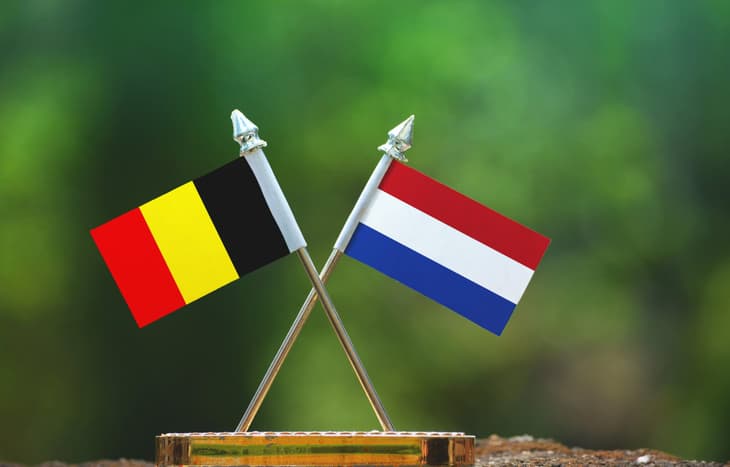The Netherlands and Belgium could supply up to 62% of the EU’s 10Mtpa hydrogen import target for 2030, according to Westwood Global Energy Group research.
But it warns sufficient risk remains in both countries’ hydrogen project pipelines, potentially necessitating hydrogen imports to meet their own domestic needs. The Netherlands ranks second in the list of European emitters, and Belgium eighth.
Research reveals only 3Mtpa of the Netherlands’ announced hydrogen pipeline is ‘probable’, leaving the country 1GW short of its 4GW by 2030 target.
... to continue reading you must be subscribed





